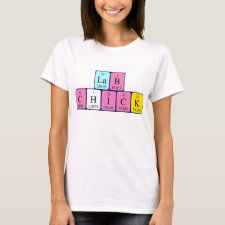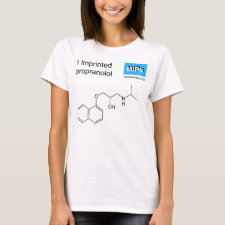
Authors: Malm B, Yoshimatsu K, Ye L, Krozer A
Article Title: Characterization of molecularly imprinted polymer nanoparticles by photon correlation spectroscopy.
Publication date: 2014
Journal: Journal of Molecular Recognition
Volume: 27
Issue: (12)
Page numbers: 714-721.
DOI: 10.1002/jmr.2397
Abstract: We follow template-binding induced aggregation of nanoparticles enantioselectively imprinted against (S)-propranolol, and the non-imprinted ones, using photon correlation spectroscopy (dynamic light scattering). The method requires no separation steps. We have characterized binding of (R,S)-propranolol to the imprinted polymers and determined the degree of non-specificity by comparing the specific binding with the results obtained using non-imprinted nanoparticles. Using (S)-propranolol as a template for binding to (S)-imprinted nanoparticle, and (R)-propranolol as a non-specific control, we have determined range of concentrations where chiral recognition can be observed. By studying aggregation induced by three analytes related to propranolol, atenolol, betaxolol, and 1-amino-3-(naphthalen-1-yloxy)propan-2-ol, we were able to determine which parts of the template are involved in the specific binding, discuss several details of specific adsorption, and the structure of the imprinted site. Copyright © 2014 John Wiley & Sons, Ltd
Template and target information: propranolol, (S)-propranolol
Author keywords: Molecularly imprinted polymers, Brownian motion, chiral selectivity, aggregation kinetics, colloidal suspension



Join the Society for Molecular Imprinting

New items RSS feed
Sign-up for e-mail updates:
Choose between receiving an occasional newsletter or more frequent e-mail alerts.
Click here to go to the sign-up page.
Is your name elemental or peptidic? Enter your name and find out by clicking either of the buttons below!
Other products you may like:
 MIPdatabase
MIPdatabase









